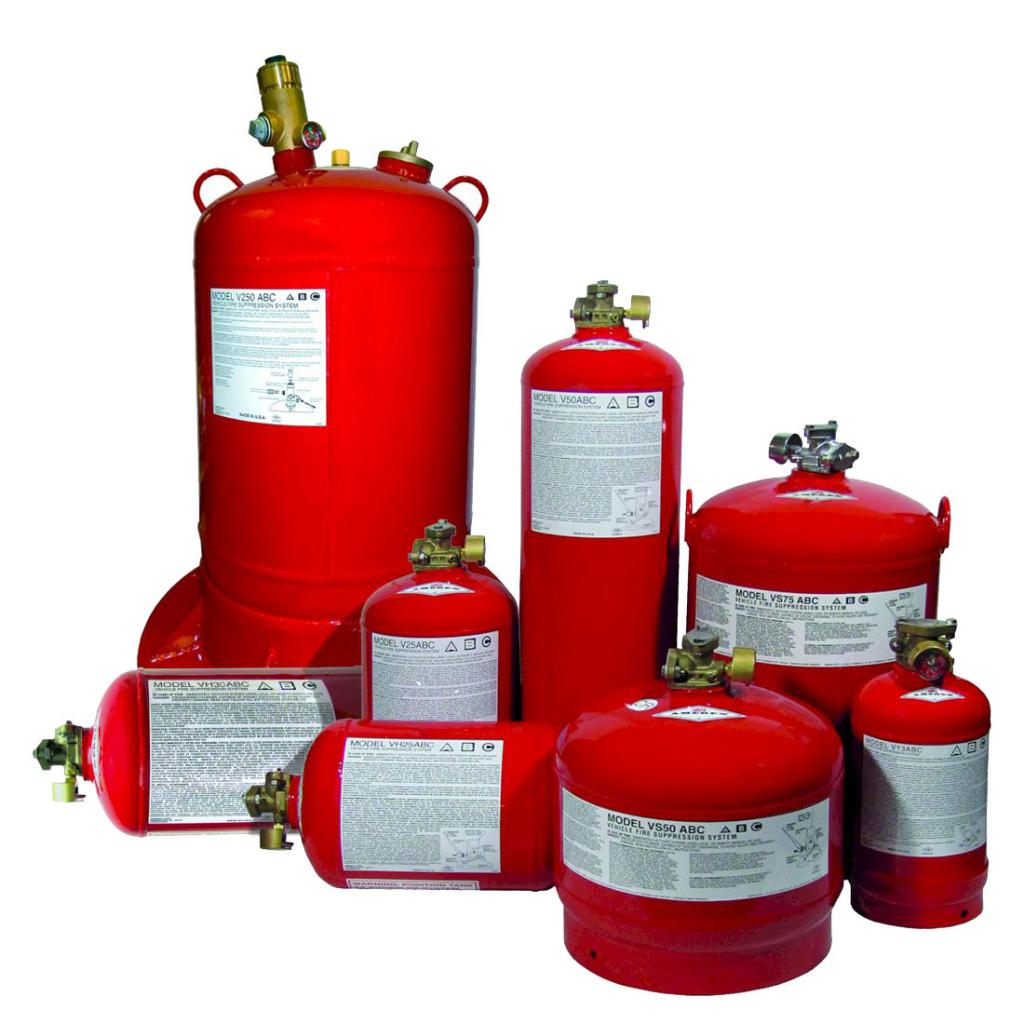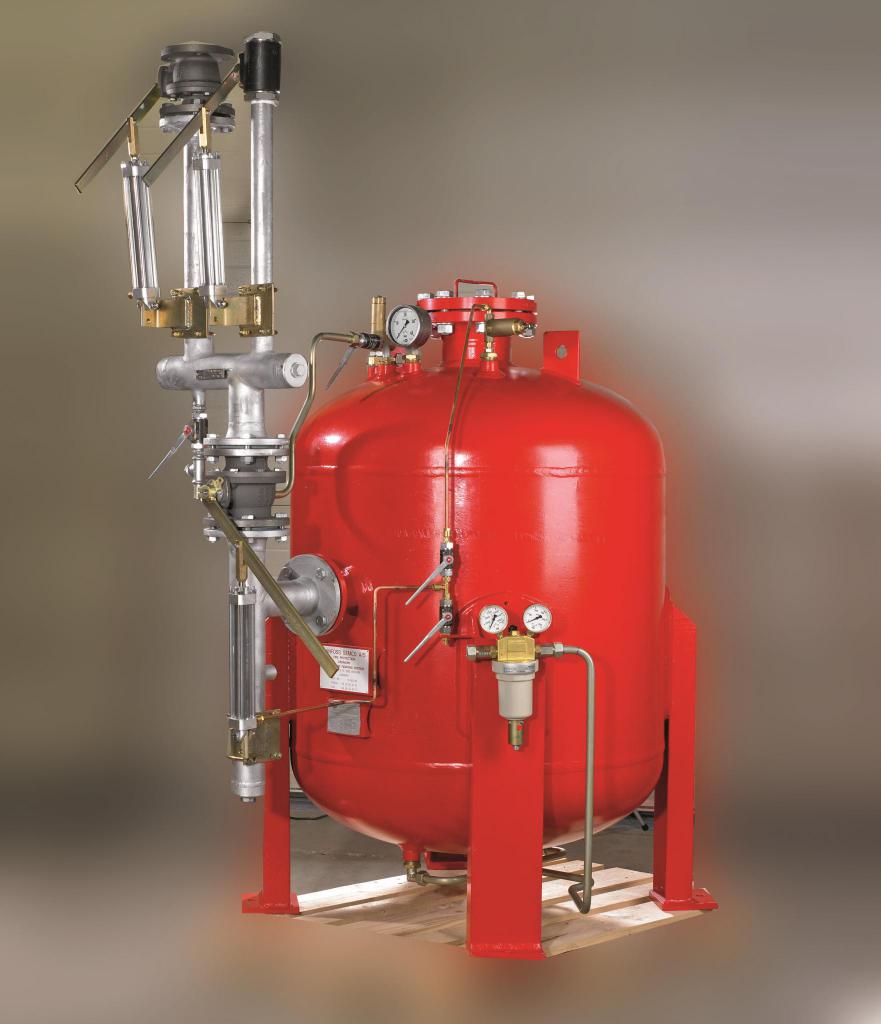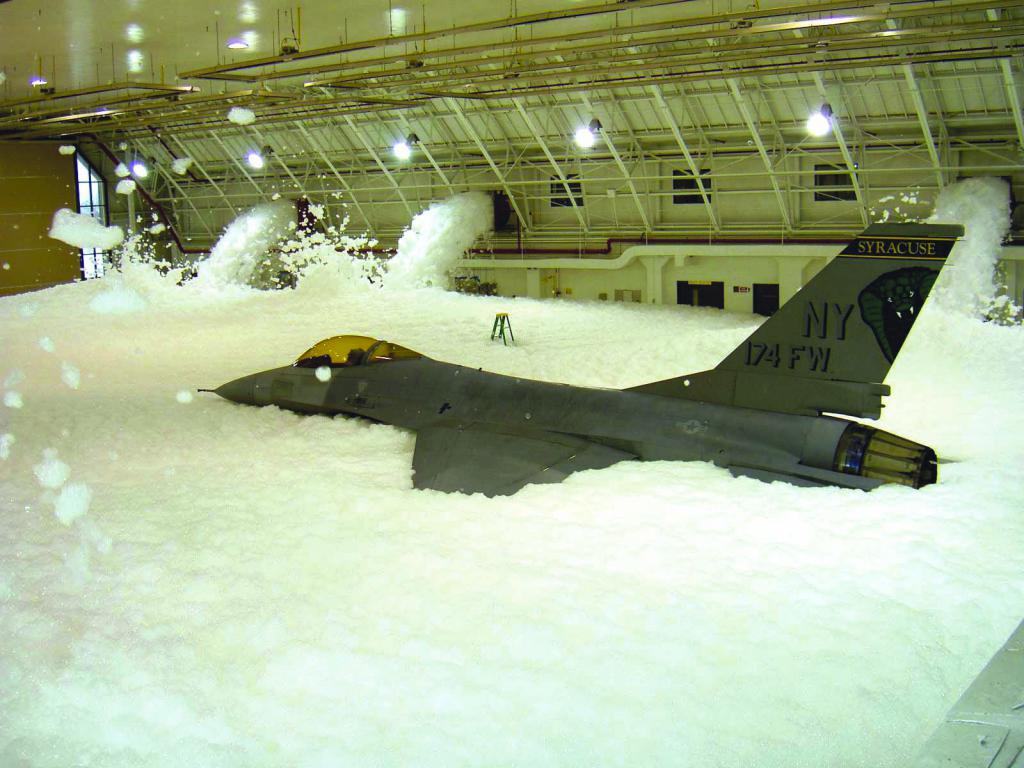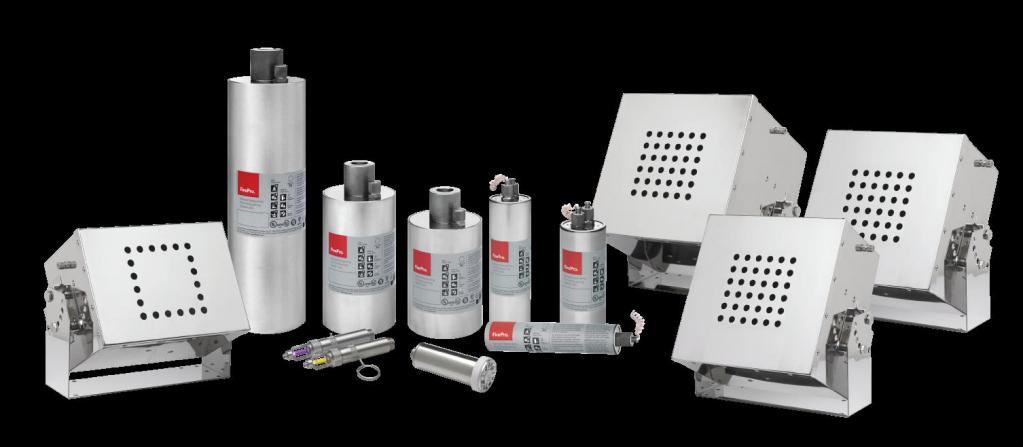Fire extinguishing installations are fire protection systems that are installed in those places where combustion can be intensively developed even at the initial stage. The equipment can be different, but the most popular today is an automatic fire extinguishing installation.
What does this concept mean?
The first thing you can compare this device with is the fire brigade, which is always on site. So what is the AUPT decryption? It is not as difficult as it might seem at first glance. An automatic fire extinguishing installation is a device for quickly responding to signs of fire. Its main task is to prevent fire. Such systems can be installed in virtually every room if necessary. These devices are in demand now at closed facilities, in server rooms, production warehouses, rooms where there is the slightest possibility of fire.
What is the main purpose of the device?
We understood the decoding of AUPT, but what about the main purpose of the use of equipment? This is the localization and extinguishing of all fires to save the lives of people and animals, as well as the preservation of movable and immovable property. Such systems are considered the most effective fire fighting techniques. Unlike conventional fire extinguishing means, alarm systems, the devices are able to eliminate quickly and simply fires with minimal losses and risks to health and life.
Is it difficult to control the system?
Do not forget that a professional should work with such equipment. The installation of automatic fire extinguishing systems, their debugging and maintenance should be carried out by specialists and in compliance with strict rules and norms. People can be injured due to neglect and, in the worst case, they may die at all.
What types of automatic fire extinguishing systems are there?

All systems are classified by the type of substance used. Therefore, the following settings exist:
- Powder
- Foamy.
- Water.
- Gas.
- Aerosol.
Which one to choose is up to you. You already know the decoding of AUPT, now let us dwell in more detail on each type of system.
Water apparatus

Water installations are of two types: deluge and sprinkler. What is their difference?
- Sprinkler fire extinguishing is intended for local fire extinguishing in rooms that quickly flare up. These are, for example, wooden houses. In such systems, a sprinkler, or, in other words, the sprinkler is installed directly in the pipeline, which is filled with water, special foam (provided that the room temperature is above five degrees Celsius), air (if the room temperature is below five degrees Celsius). Extinguishing media is always under pressure. The sprinkler is closed with a thermal lock, presented in the form of a special flask, which is designed for depressurization in the event that the ambient temperature has changed. After depressurization, the pressure weakens and the valve on the control unit opens, water rushes into the detectors, the response is recorded and a signal is sent to turn on the pump. Such water extinguishing detects fires locally and quickly eliminates all fire sources. A fire alarm is triggered, all warning systems, smoke protection, evacuation control, and information on burning places is provided immediately.The service life of sprinklers in sprinkler fire extinguishing, which did not work even once, is ten years. If there was a trip, then the sprinkler will need to be completely replaced.
- Drain systems extinguish fires throughout the facility, and not just in one zone. The main difference between the device is that it does not have thermal locks. This type of water fire extinguishing is distinguished by large wastes of water, and all irrigators act simultaneously. Sprinkler nozzles are different: jet, with a spray of liquid, two-phase gas-dynamic. The system allows you to immediately localize the fire, divide the area of the object into zones, cool the process equipment to the required temperature.
Now fire extinguishing systems are widely in demand, which are used in the work of finely dispersed water. The droplet size after spraying can reach 150 microns. Such systems allow you to economically waste water. Calculation of AUPT showed that by using this equipment in practice it is possible to eliminate fires with a rational flow of water. The technology turns water into water fog, which eliminates fire.
Powder equipment

Powdered AUPTs allow you to extinguish a fire by using finely divided powder product on the fire sources. According to the standards, these systems are equipped in all warehouse, industrial areas, in administrative buildings, nearby electrical installations and even in public places. An autonomous installation usually throws out a single powder charge, thus extinguishing the fire at an initial stage. For the foam fire extinguisher to work, you will need to wait until the ambient temperature rises. All powders are stored and used at temperatures up to -50 degrees Celsius. Powders are non-toxic, inexpensive and convenient to work with. However, foam AUPTs have one serious drawback - the shelf life of the mixture is limited due to caking. Another negative side is the fact that when the powder is fed into the combustion zone, complete loss of visibility is not excluded, therefore, people should be evacuated in advance.
A foam fire extinguisher is most often used in the chemical, oil, and metallurgical industries. The main difference between the system and the water system is that there is a foaming agent in the installation and a dosing system is mounted. All other parts are the same. Now the foam fire extinguisher works according to two tried-and-true schemes: with an already prepared foaming agent solution and with dosing the mixture into a stream of water.
How does powder equipment work?
If the solution is prepared in advance, then the principle of action is as follows. The pulse coming from the control panel is supplied to the pump motor, it turns on and the solution is supplied to the control unit. Nanos receives the mixture from the reservoir, feeds it to the pressure line and further along the distribution network. The solution is periodically mixed, even if not used. This is due to the closed gate line.
Gas installations

Equipment of this type is used to establish foci of combustion and the supply of fire extinguishing gas. Compressed or liquefied types of gases are used in practice. For example, argonite or inergen are referred to the compressed type. All compounds are based on natural gases that are present in the air. This is nitrogen, helium, argon, etc. However, the use of these gases does not affect the atmosphere. How does the quenching process take place? All thanks to the replacement of oxygen. The combustion process is supported if the air contains about 15% oxygen, not less. With the release of gases, oxygen volumes fall sharply, which means that the flame begins to go out.It will be necessary to take into account that a sharp decrease in oxygen indicators in a room where there are people is undesirable, because this can lead to fainting, severe dizziness, so evacuation is mandatory before extinguishing a fire!
To liquefied gases include mixtures based on fluorine, carbon dioxide. How does direct quenching take place? The room requires tightness. If you store gases at the facility, you will need to set a gentle temperature regime, leaks should be eliminated, and AUPT maintenance is mandatory! This is done so that in the event of a fire hazard, the gas is sufficient to eliminate the problem.
How is gas extinguishing a gas system?
By the method of extinguishing, gas systems are local and volumetric. With volumetric fire extinguishing, the substance is distributed evenly and a fire extinguishing concentration is formed around the entire perimeter of the room. Local quenching is somewhat different from volume quenching. This method is based on the concentration of the extinguishing agent in a hazardous area of the room, used to extinguish a fire on equipment.
Typically, these devices are used in:
- Electrical rooms.
- Metallurgical enterprises in the oil basement.
- Hydro generators.
- Painting shops.
- Laboratory facilities.
- Warehouses with valuable materials and so on.
What other fire extinguishing stations exist?

In rare cases, aerosol and foam plants are used in practice. Foam is effective, but it is not always allowed to be used because of the presence of harmful components in some formulations. Extinguishing fire places is reminiscent of the powder type, but in foam systems, a mixture with even finer particle ejection is used.
In what cases are automatic fire extinguishing systems mandatory?

For general safety, certain standards have been introduced, therefore, the following facilities should be equipped with:
- Server rooms, data centers, data centers, as well as rooms where information regarding museum exhibits is stored and processed.
- All underground car parks are closed, ground two-story and higher parking.
- One-story objects built of light metal elements where combustible insulation was used. These are usually public buildings with an area of more than 800 square meters, administrative facilities with an area of more than 1200 square meters. Also included are warehouses with the type of fire hazard "B", where the height of the shelves is 5.5 meters or more.
- Buildings that sell flammable, flammable liquids up to 20 liters.
- Cinemas, concert halls accommodating more than 800 people.
- Exhibition halls with an area of more than 1000 square meters and above two floors.
- Buildings whose height is more than 30 meters (residential buildings are not included).
- Objects of trade enterprises.
What are the advantages and disadvantages of automated fire fighting?

The disadvantages include the following:
- Not all substances used to extinguish a fire are safe for human health.
- There are devices that lower the concentration of oxygen in the air, and if you do not leave the room in advance, the outcome may not be the best.
- There are installations that irritate the human visual and respiratory systems.
- A water installation requires large amounts of water to extinguish fires, and material damage can be serious.
And what are the benefits?
- Gas equipment during fire fighting does not cause corrosion in nearby equipment.
- The consequences after the gas system are simple to eliminate, just ventilate the room.
- The gas system is not afraid of temperature increase and does not freeze.
- Powder systems are absolutely safe for humans.
- The cost of the powder mixture for refueling systems is small.
- Powder plants do not harm property, premises, and therefore the damage from them is minimal.
- If the fire is extinguished by finely dispersed water, then it is possible to eliminate the sources of ignition in places where standard water systems cannot be used. In such cases, it is possible to eliminate the fires in places where other options cannot be used.
So, with the decoding of the AUPT, we figured out the types of installations for fighting fires as well. The main thing to remember is to always adhere to safety rules, never break them, otherwise troubles cannot be avoided. In addition, if you are engaged in entrepreneurial activities, you must provide your employees with a safe working environment, which means that fire extinguishing systems must be properly selected and in working condition.
